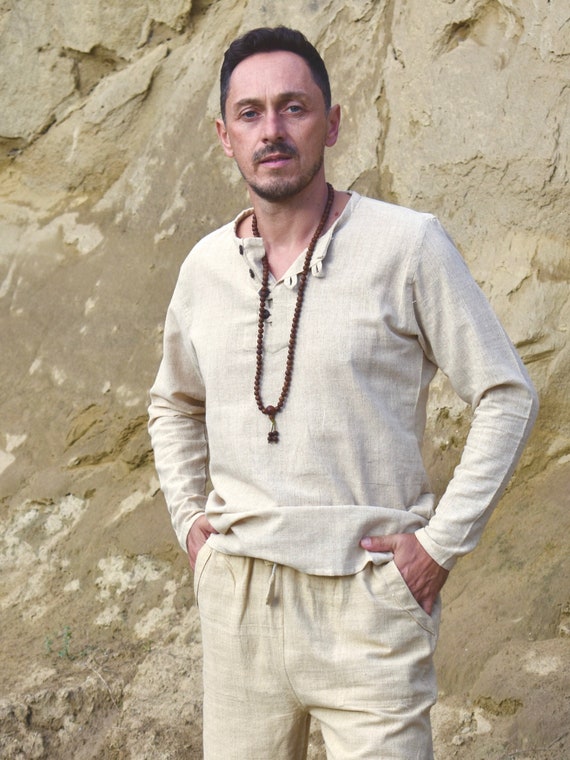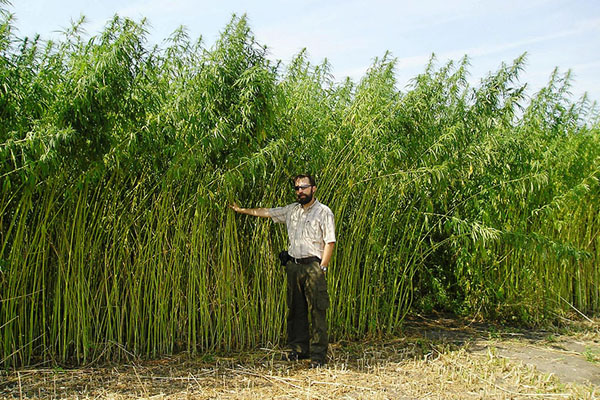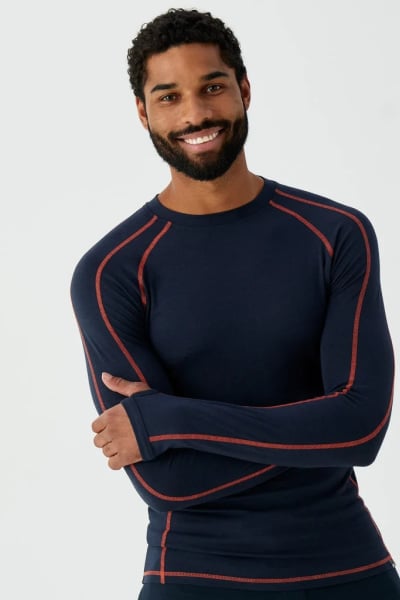Top Facts On Deciding On Hemp Clothing
Wiki Article
What Are The Environmental Advantages Of Hemp Clothing That Is Low-Impact?
Low impact hemp clothing is more sustainable than clothes made of synthetic fibers. Hemp clothing is environmentally friendly. It is fast growing and requires very little water, pesticides, or herbicides when compared to other crops. Hemp can adapt to various climates and soil types and climates, which decreases the need for agricultural chemical.
Hemp generally uses less water than traditional cotton. Cotton is known to use plenty of water. Hemp clothing is water-efficient due to this.
No Pesticides and Herbicides- Hemp can be grown without the need for synthetic pesticides or herbicides in most cases, reducing the environmental impacts of chemical agriculture.
Hemp plantation can enhance soil health by preventing erosion and compaction. Hemp cultivation also helps improve the soil for future crops.
Biodegradability biodegradability Hemp fibers break down and decompose naturally over time. This reduces the environmental impact of textile waste. In contrast, synthetic fibers such as polyester may require hundreds of years to decay.
Lower Carbon Footprint. The production of hemp fibres is generally lower in carbon than the production of synthetic materials. Hemp is also a carbon-sink since it absorbs CO2 from the atmosphere as it is growing.
Hemp clothing can last for many years. High-quality hemp garments will last for a long time which means less frequent replacements, and further reduce waste.
Hemp plants possess natural pest resistance, which reduces the use of chemicals for pest control.
Hemp is a versatile fabric which can be transformed into bags, clothing or accessories.
Regenerative Agriculture: Some sustainable farming methods incorporate hemp into regenerative systems which aim to improve and restore ecosystems, as well as produce crops. This approach has positive environmental effects.
The sustainableness of clothing is contingent on numerous factors like the dyeing process, transport as well as the consumer behaviour. As in any business, there will be various production methods and standards. This is why it's important to search for organic hemp clothing or certified hemp clothes. This will ensure the highest environmental benefits. See the best click this link on hemp clothes for more examples including organic hemp underwear, jungmaven sweatshirt, hemp yoga clothes, hemp clothing womens, hemp garments, hemp yoga clothes, mens hemp clothing, hemp garments, hemp yoga clothes, hemp fabric by the yard and more.

What Gives Hemp Fibres Its Breathable, Moisture-Wicking, And Thermoregulatory Characteristics?
Hemp fibers have distinct chemical and structural characteristics that makes them air-tight. They also function as moisture wicking. These characteristics are the result of several factors. Microscopic structure- Hemp fibers possess pore-like, hollow structures that allow air to circulate through the fibers. Natural porosity is what makes hemp fabrics very comfortable to breathe. When they are woven into fabric the structure allows air through. This encourages circulation and reduces the accumulation of moisture and heat against the skin.
Hemp Fibers absorb moisture and Wicking- Hemp fibers are hydrophilic. This means that they have an affinity for water. They can also absorb moisture quickly. Hemp fibers are able to absorb sweat or moisture from your body, thus removing the sensation of wetness. The hemp fibers can also distribute water over a larger of the body, allowing it to evaporate faster. The moisture-wicking properties keep you dry and comfortable during sports or in hot conditions.
Thermoregulation- Hemp fibers possess natural properties for insulation. They are able to trap the body's heat when it's cold, providing warmth. They also allow the heat and moisture to escape during hot temperatures which helps to reduce heat. Hemp clothing is appropriate for all temperatures and activities due to its thermoregulating properties.
Hemp fibers are naturally antimicrobial properties that prevent the growth odor-causing bacteria. This contributes to the freshness and odor resistance in hemp clothing.
Durable and Long-Lasting- Hemp fibers are strong and durable, which means hemp clothing can withstand frequent wear and washing without losing its flexibility or ability to wick moisture away. This durability extends the lifespan of hemp clothing, which reduces the need for replacements and in turn, reduces the environmental impact.
UV Protection- Hemp fibers provide a amount of organic UV protection, protecting the skin from damaging ultraviolet radiation. This UV-blocking ability adds to hemp clothing's versatility which makes it ideal for outdoor activities.
It is crucial to be aware because these qualities are intrinsic and are not dependent of chemical treatments. Hemp clothing is durable, comfortable, and eco-friendly because of its natural characteristics. It's a fantastic choice for activewear clothing for outdoor wear, as well as clothes for warmer conditions. Because hemp fibers are processed and then woven, they retain their natural qualities which makes them an eco-friendly, functional fabric. Read the top rated recommended you read about hemp clothing for blog info including hemp jacket, hemp sportswear, hemp tank top, hemp underwear, patagonia hemp overalls, jungmaven sweatshirt, hemp garments, hemp shorts patagonia, hemp sweatpants, womens hemp clothing and more.

What's the difference between hemp fiber and bamboo fibre?
There are a variety of differentiators between bamboo and hemp and bamboo, as well as their distinct characteristics. Here are some of the most significant differences between bamboo and hemp fiber- 1. Plant Source-
Hemp- Hemp fibers are made from the hemp stalks plant, particularly from the bast fibers that are in the outer layer. Hemp is adaptable, quick-growing and was used to create numerous products over the years.
Bamboo fibers are made of bamboo pulp. Bamboo is grass that grows with rapid growth and for its ability to regenerate quickly.
2. Fiber Characteristics-
Hemp Fibers- Hemp's fibers are highly durable and strong. They're among the strongest fibers found in nature and soften each time they're cleaned, so they are great for making textiles.
Bamboo Fibers- Bamboo fibers have soft, silky texture. They're not as durable as hemp fibers, and they can be more delicate, however they are prized for their suppleness against skin.
3. Texture-
Hemp- Hemp fabric has a textured and slightly coarse feeling, particularly in its natural state. It's soft, but the texture is different than bamboo.
Bamboo bamboo fabric is smooth, silky, and luxuriously soft. It is described as feeling like cotton and silk.
4. Breathability is important, as well as moisture-wicking.
Hemp- Hemp fibres are naturally air-tight, wicking moisture and permit air circulation. They absorb moisture and enable air circulation. They can keep you cool and dry in hot weather.
Bamboo is also highly breathable, and it wicks away water. Micro-gaps within the fabric increase its ability to regulate temperature and moisture which allows you to remain at ease in all conditions.
5. Environmental Impact-
Hemp- Hemp fiber is an environmentally-friendly plant due to its water-resistance, rapid growth as well as its resistance to pests. This means that it is less need for pesticides and herbicides. It is also able to sequester carbon during its growing process.
Bamboo is a popular choice for sustainable building materials. It is extremely durable, grows rapidly and needs only a tiny amount of water. Some bamboos are regarded as sustainable, such as Moso bamboo.
6. Processing-
Hemp- Hemp fibers must be processed extensively to separate the outer bast fibers from the core. The process may involve decorations, retting and mechanical separation.
Bamboo- Bamboo is usually created by a chemical process called the viscose or rayon-process. It uses chemicals to break down bamboo fiber. This process could be harmful to the environment if not properly handled. However, certain bamboo textiles employ closed-loop methods that help reduce the amount of chemical waste.
7. Versatility-
Hemp Fibers- Hemp fibers can be used for a number of uses, which include clothing, textiles papers, and construction materials.
Bamboo Fibers- Bamboo fibres are utilized mostly in textiles and clothing however they can be seen in other products like bedding and towels.
Summary Both bamboo and hemp offer unique benefits and are environmentally sustainable. It's all about what you are looking for in a product and how eco-conscious you are. View the recommended bamboo clothes for website examples including bamboo ladies clothing, bamboo hawaiian shirts, bamboo sun shirt, halloween bamboo pajamas, bamboo chafing shorts, bamboo shorts womens, bamboo t shirts wholesale, women's freefly apparel, short bamboo, mens boxer shorts bamboo and more.
